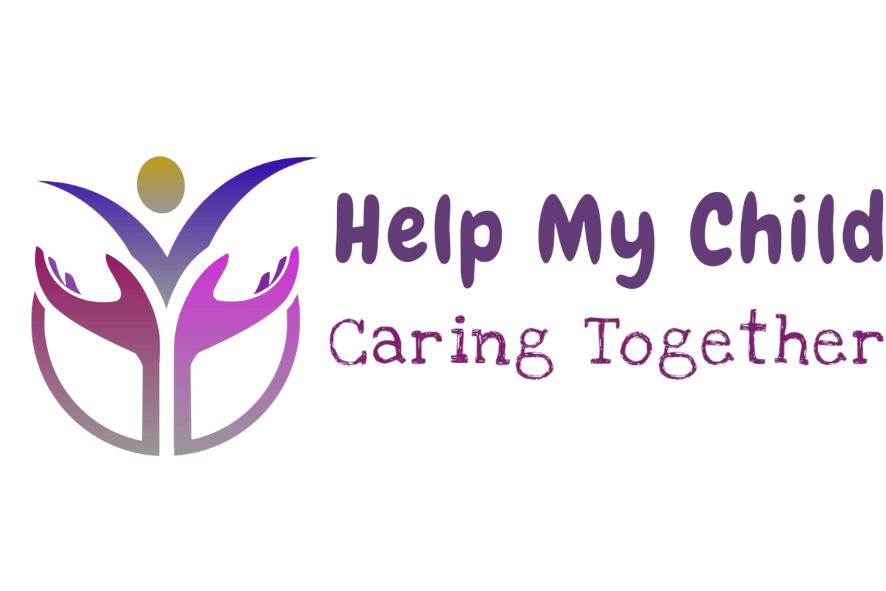Blog
“Attack” the Problem, Not the Person: A Better Way to Support ND Individuals
- July 17, 2025
- Posted by: Jouré Rustemeyer
- Category: ADHD Executive Function Love

Recently while reading a book for pleasure (yes, I do that sometimes, not enough, but sometimes, you should try it too!), one of the characters complimented another on being prepared to name the conflict. Why? Because it equips them to attack the problem and not the person. When we “attack” the problem, not the person, we shift from blame to support — a crucial step in neurodiversity-affirming practice.
This statement resounded all over my heart and mind, as it is such a core belief that I have as well. In neurodiversity, it is often the person that is attacked, even from very young ages.
“Pete” cannot sit still and is berated, belittled and punished for that.
“Sarah” daydreams excessively and is berated, belittled and punished for that.
“Sam” says things as they are, not necessarily as people want to hear it, and is berated, belittled and punished for that.
“Jo” has an incredible sense of justice, and this shows up in pointing out unfairness in systems such as schools, friendship circles, work etc, and is berated, belittled and punished for that.
“John” reacts incredibly strongly to even the slightest correction, even if the correction is done in just love. He is berated, belittled and punished for that.
So very few people stop to take the time to find out “why”. They just react to the surface “symptom”, often feeling offended themselves, and reacting not from a place of knowledge and calmness, but out of ignorance and offence. Reactions from that place will never be productive or positive. One cannot have a “regulated” reaction from an “unregulated” place.
Neurodiversity is not the only place this I witness this. In organisations, regardless of whether it is an office, home or school, people are being attacked and not the problem.
Parents are attacked for not “controlling” their children, without realising that parental power has been stripped from them over decades bit by bit.
Teachers are attacked for not doing their jobs properly, without knowing that the systems they finds themselves in often leaves them helpless.
Co-workers are attacked for being insensitive, without knowing that they do not have the knowledge and training that is needed to help them understand.
The list goes on.

So, what for example, was the conflict of Pete above? He might have ADHD (or is just a young boy who is NOT meant to sit still for hours) and the teacher/co-worker finds it disruptive. The conflict being distraction, for Pete and those around him. So, address that. Seat him somewhere else, give him a fidget, let him move, etc.
Sarah? She probably also has ADHD, just not the type that is seen. Her mind is probably hyperactive, and she can latch onto a thought or idea and run with it. To the exclusion of all else. She probably grasped the concept the first time you explained it, and the added explanations are not interesting to her. Address that! Make work more visually stimulating, don’t drone on about the same thing for a while, and make sure you get her attention back (without being a jerk) when you are on the next topic.
Sam probably has autism, and her directness should be seen as a blessing. As it can eliminate confusion and obfuscation for all. Address the perception of her “rudeness” with those around her, not her way of communicating.
Jo could have either ADHD, autism, dyslexia or any combination of the three. This means that a sense of justice is inherent to his very nature. Celebrate it! The world is not a fair place, we need people like Jo to point unfairness out because we have gotten used to it and we shouldn’t have.
John most likely has RSD. He is not being overly sensitive. He needs coping skills and therapy to help him understand, adjust and build resilience.
Once we separate people from conflict, we find ways to understand that the conflict is not the person, and that the person should never be attacked. But we may address, in kindness and with knowledge, the conflicts that may arise due to various reasons.
There are two emotions which are commonly confused with each other: sympathy and empathy. I am not a fan of sympathy as I see it as a “knee-jerk” reaction and not something that comes from a place of understanding and knowledge. Empathy on the other hand requires a person to use their brain (and not just their emotions) to put themselves in the other person’s shoes, form an opinion, make a decision based on facts, and then move forward armed with kindness and understanding and an arsenal of real options that can help.

For empathy though, you need knowledge. Which is the main goal of my work. I have done my best over the years to create “aha” moments for the people that complete the courses on offer. It has been such a blessing to see, or read of, these “aha” moments when people have completed the courses!
I am often asked why I do what I do. My answer is almost always the same: to be a hope peddler and to bridge the gap between bias and understanding. And then to burn that bridge!
Learn about our courses here
